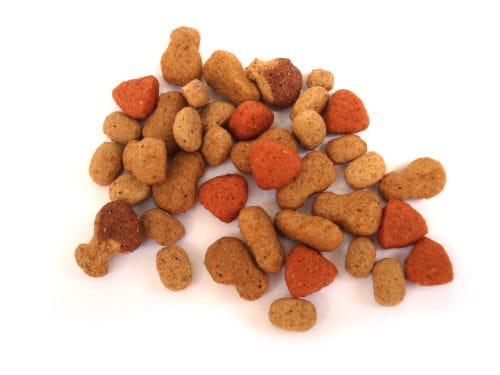
Cat owners may need to change a cat's food for a variety of reasons. Changing cat foods should not be done abruptly as this may cause the cat to become ill or reject the new cat food.
Changing cat foods is recommended when the cat reaches a new stage in life. For example, kittens are fed kitten food until they are switched to adult food at about nine months of age. Senior cats are often switched to senior cat food which has more fiber and fewer calories than regular adult cat food.
There may be times when the cat owner's budget may necessitate changing cat foods. A veterinarian may recommend a change in cat food for health reasons.
No matter what the reason, changing cat foods should occur in gradual steps. A recommended process of changing cat food is to replace only one fourth of the old food with the new cat food at a time. The amount of new food replacing the old food should gradually increase over several days.
For a few days, the cat owner should give the cat meals of three fourths of the new food and one fourth of the old food before switching the cat completely to the new cat food. This method of gradually changing cat foods can help prevent any problems that changing cat foods can cause.
Some cat owners believe that their cats get bored with their cat food, so they change cat foods frequently. Frequent changes in cat food can cause the cat to become finicky or have an upset stomach.
The cat owner should consult a veterinarian if the cat starts refusing to eat its usual cat food. Though many cat owners associate this with boredom with the old cat food, a refusal eat can be a sign of dental disease or an illness.




